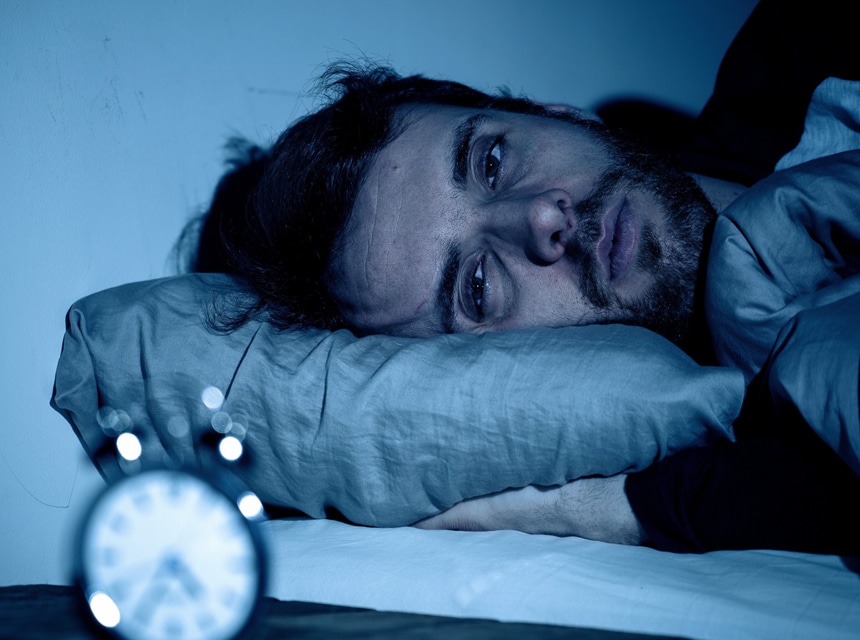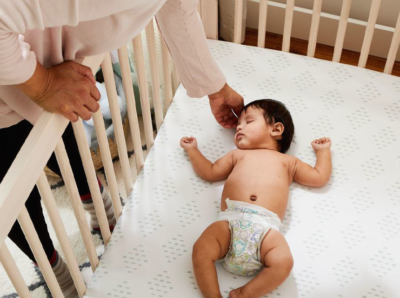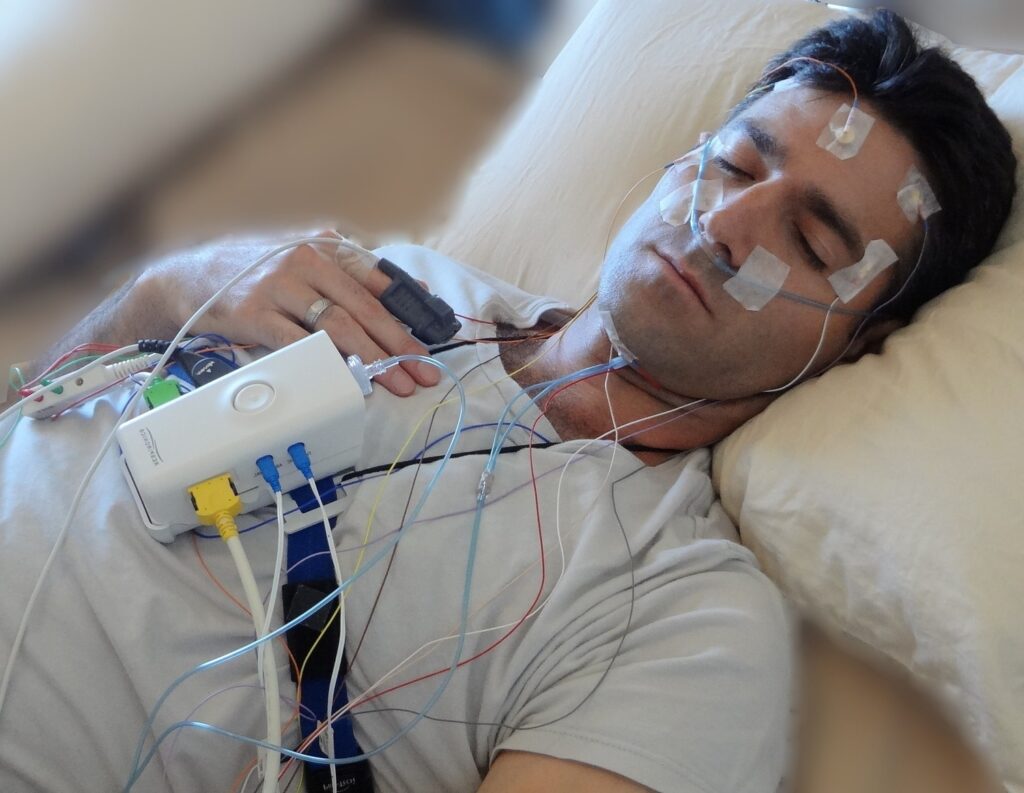

The CDC recently awarded a grant that may prove to be extremely beneficial to sleep apnea awareness. Sleep apnea is a potentially dangerous sleep disorder that affects a person’s breathing and respiratory processes during sleep times.
There are two different types Trusted Source Sleep apnea - Symptoms and causes - Mayo Clinic Sleep apnea is a potentially serious sleep disorder in which breathing repeatedly stops and starts. If you snore loudly and feel tired even after a full night’s sleep, you might have sleep apnea. www.mayoclinic.org of sleep apnea, and both types cause unique issues. These two types are commonly referred to as obstructive sleep apnea and central sleep apnea. When left untreated, sleep apnea can cause a variety of issues. Some of these issues include daytime fatigue, high blood pressure, type 2 diabetes, metabolic syndrome, issues with medication and surgeries, liver problems, and sleep-deprived partners.
Obstructive sleep apnea occurs when the muscles in the back of your throat relax. These muscles are what support your uvula, tonsils, and the sidewalls of your throat and tongue. While this may not seem like a big deal, the relaxation of these muscles causes your airway to narrow or close when you breathe in.
When your body can’t get enough air, you aren’t able to deposit enough oxygen in your blood. When the brain senses that you can’t breathe, it wakes you up, so you’re able to reopen your airway.
There are some health components that contribute to obstructive sleep apnea, including excess weight, neck circumference, narrow airways, being male, and nasal congestion, to name a few.
Central sleep apnea, on the other hand, is less common. In central sleep apnea, your airways constrict, but your brain doesn’t send a message to wake your body up. Failure to do this means your body makes no effort to breathe for a short period of time. Risk factors for central sleep apnea include being older in age, being male, having a heart disorder, using narcotics, or having a stroke.
The symptoms of both sleep apnea types tend to overlap, and this makes it difficult to discern which type you have without consulting a medical professional. For this reason, it’s imperative you reach out to your primary care physician if you feel like you may suffer from sleep apnea.
Some of the symptoms those with sleep apnea experience include loud snoring, gasping for air during sleep, waking up with a dry mouth, and episodes where you stop breathing while asleep.
The CDC has awarded The American Academy of Sleep Medicine (AASM) a grant as part of their notice of Expanding the National Approach to Chronic Disease Education and Awareness Trusted Source Chronic Disease Awareness | Funding Approximately $1,300,000 is available for annual funding. CDC anticipates making up to 4 awards ranging from $200,000 – $400,000. The grant’s period of performance is from September 30, 2021 – September 29, 2024, pending continued funding. www.cdc.gov . This grant has a 3-year period, and the main purpose is to expand and advance the CDC’s chronic disease prevention work with its stakeholders and partners on education, outreach, and public awareness activities for chronic disease.
Applicants were required to choose a specific chronic disease they wanted to focus on and develop awareness activities for health professionals as well as several different aspects of community education and outreach for the specific chronic disease they chose.
The AASM American Academy of Sleep Medicine is granted fund to raise OSA awareness.[/trusted_link] chose to focus specifically on obstructive sleep apnea. Over the course of the next three years, the academy will use its funding to implement awareness initiatives with healthcare professionals and the general public.
Although over 30 million people currently suffer from sleep apnea, only 33% of individuals have sought treatment for the issue.
Along with the public health initiatives, the academy also pledged to focus the funding on the disparities in BIPOC communities, Trusted Source Disparities and genetic risk factors in obstructive sleep apnea - ScienceDirect Obstructive sleep apnea (OSA) is an increasingly prevalent condition. A growing body of literature supports substantial racial disparities in the prevalence, risk factors, presentation, diagnosis, and treatment of this disease. Craniofacial structure among Asians appears to confer an elevated risk of OSA despite lower rates of obesity. Among African Americans, Native Americans, and Hispanics, OSA prevalence is increased, likely due in part to obesity. The burden of symptoms, particularly excessive daytime sleepiness, is higher among African Americans, although Hispanics more often report snoring. Limited data suggest that African Americans may be more susceptible to hypertension in the setting of OSA. www.sciencedirect.com which sees higher percentages of sleep apnea and lower percentages of treatment.
Because CPAP machines can cost significant amounts, some of the funding will be allocated to purchasing these machines for those who may not be able to afford them.





